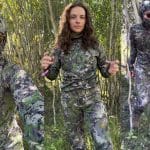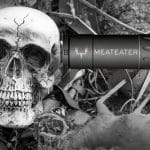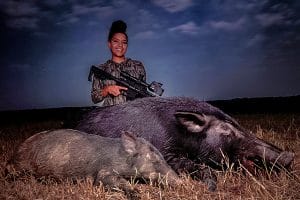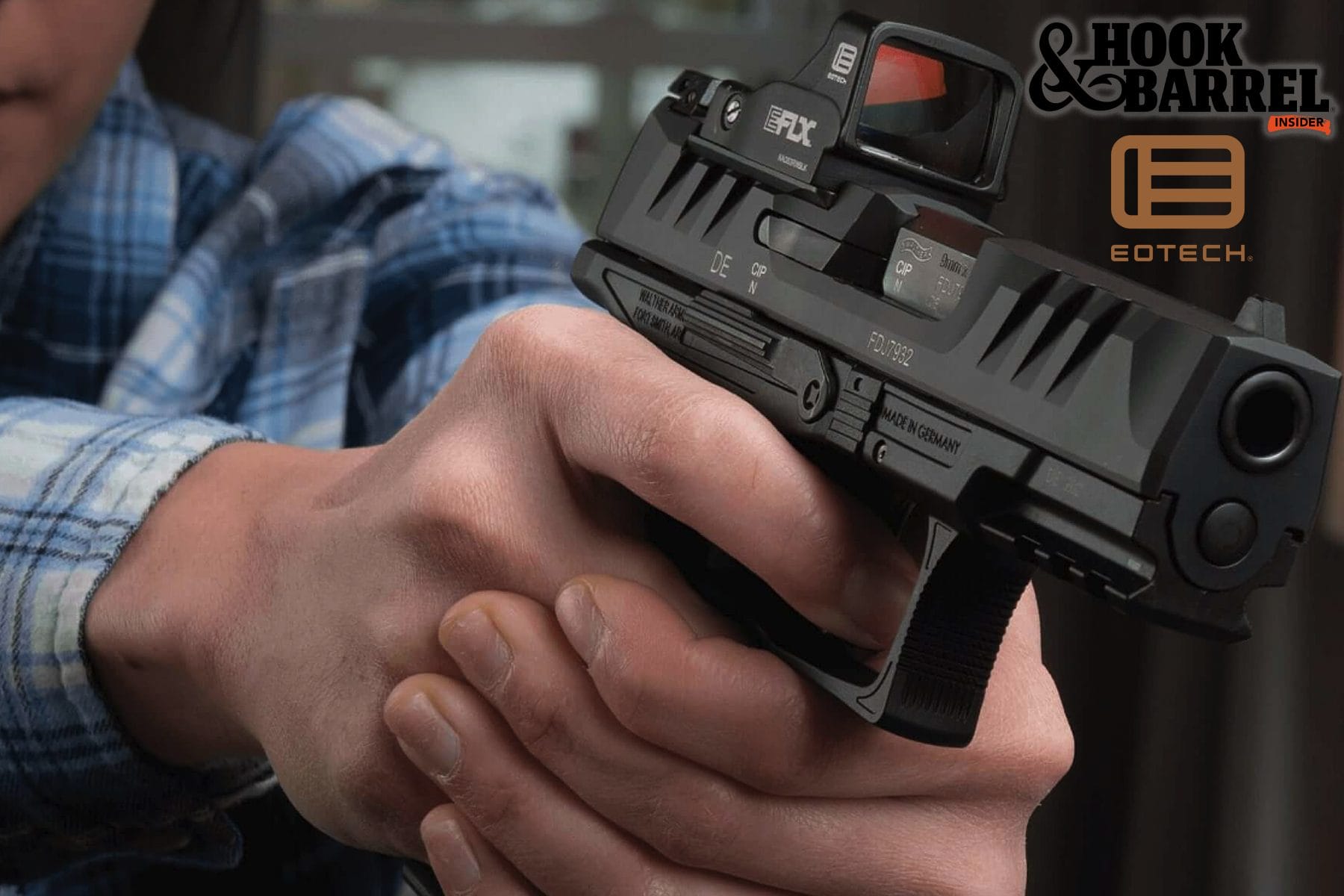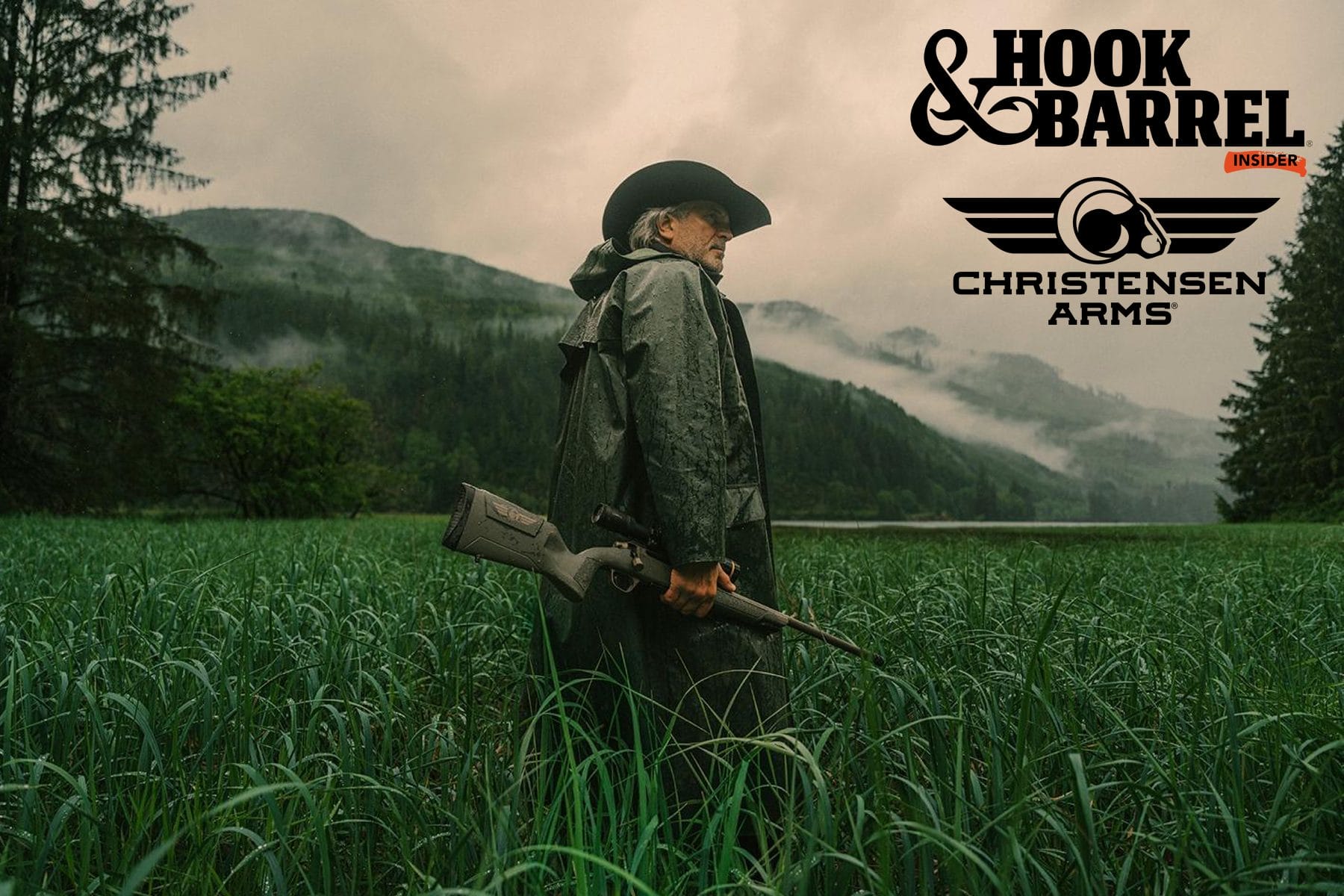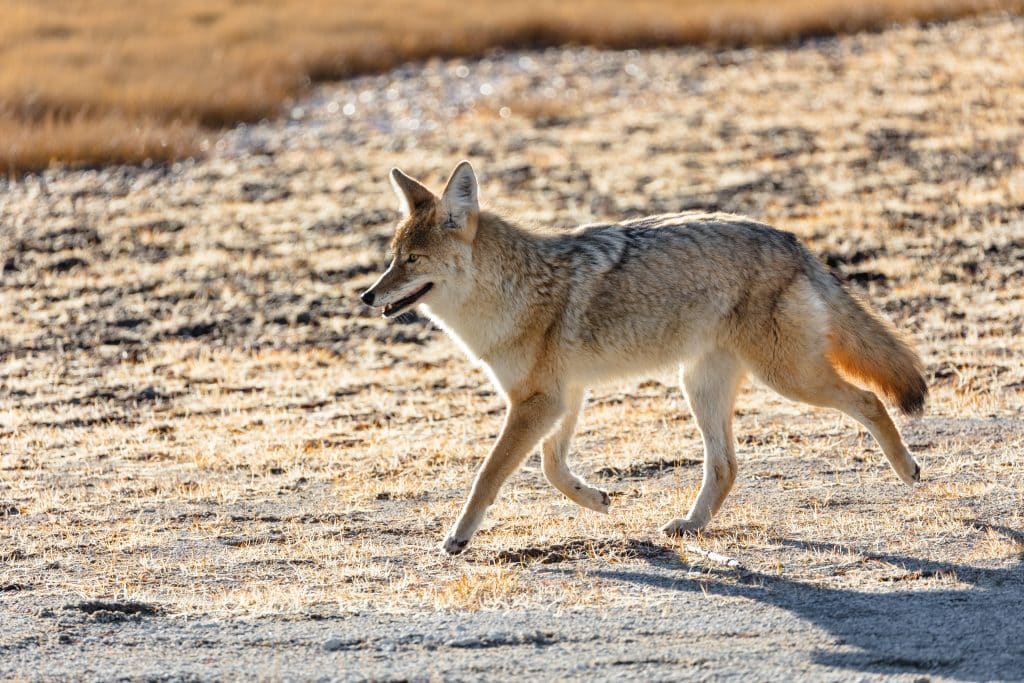
Click to listen to an audio version of this article.
Predator hunting can be difficult. But thanks to hunter Kaitlyn Lowes, we’ve got some tips and tricks to help you in the field.
Predator hunting is like picking up a date at a bar. It is one of the most rewarding and fun hunts you can go on, but make no mistake about it, it’s not easy. You’re maneuvering in the dark with creatures that seem to only come out on full moons, long into the early morning hours, all while trying to convince one of them to take a chance on you.
So, when I had the opportunity to learn from Pulsar Night Vision’s pro-staffer, Sports Illustrated swimsuit finalist, and social media influencer Kaitlyn Lowes, it was an offer I was not going to swipe left on.
Check out the predator-hunting tips and tricks we learned!
Predator Hunting: Tips And Tricks
About Predator Hunter Kaitlyn Lowes
Kaitlyn is Texan through and through—from her blonde hair to the pistol she carries in her cowgirl boot. But, don’t let her Southern charm fool you. She will jump out of a truck, stalk down, and shoot a heat signature on her Pulsar thermal optic with the stealth and speed of a cat. Shot taken, prey down, she will return with mud on her boots, re-apply lipstick, and continue her conversation with you about shooting pigs from horseback in her free time. And if that ain’t Texan, I don’t know what is.
There were a lot of predator hunting tips and tricks learned that night including, don’t forget to turn off your headlights after you park. But the following are the top takeaways and mistakes to avoid while on the prowl.

Hunt Where You Find Fresh Sign
As hunters we spend months scouting for deer, but we spend little to no time scouting for coyotes. Why do we spend such time on other types of game but often have a haphazard approach to predators? Hunting in an area where there are no coyotes is a waste of energy. Put in the time to look for fresh tracks, kill sites, and/or scat. It is a fair assumption that if you find the clues, you’ll find the ‘yotes too.
Use a Variety of Calling Techniques
Predators just don’t come running when they hear what sounds like an easy meal. Coyotes are smart and remember when they have been fooled—especially when the mistake resulted in narrowly dodging the bullet of a hunter. They become savvy to common calls and turn tail and run when they hear a call that they associate with a negative experience. Use a call they haven’t heard before, or at least, less common sounds. A good one to try is a bird distress call.
Adjust Your Calling Technique to the Area
Calling too much can warn off a curious coyote, but calling too little or on a low-volume setting may not entice a distant ‘yote to come within range. As a general rule, if you are hunting an open area, generally louder and longer calls work better, but do not call too loud as it may scare off approaching coyotes in areas of high pressure. In closer in areas, try calling in shorter sequences and at a lower volume level.
Concealment Is Key, Even at Night
Just because you haven’t killed a coyote doesn’t mean you haven’t called one in. You probably have, but the coyote spotted you before you spotted it. For example, on a night with a full moon, a predator will easily spot your silhouette in an open field. Try moving to a concealed area even if that means something as simple as moving under a tree and hiding in the shadow it is casting. Also, hunt in an area that gives you further visibility. Try powerline cut outs or open fields in order to spot them before they spot you.
Choose Your Spot Wisely
First, be prepared and organized. Many hunts are ruined by fumbling around for gear. Bring only what you need and know exactly where it is. Next, don’t spoil the hunt with a sloppy approach. Coyotes are extremely observant creatures and have keen senses. Before you just set up somewhere because it’s easy, ask yourself if it’s truly the best place to be. Is the wind right? Can you see? Can you be seen? You must choose locations based on effectiveness and not ease of entry or comfort.
Invest in Thermal Optics
With all the advances in technology today, hunting with mouth calls and incandescent spotlights with red lens covers is not your best bet anymore. If you are going to take predator hunting seriously, invest in thermal technology, a decent electronic call, and powerful LED spotlights. A good entry point would be the Pulsar Axion 2 monocular, a powerful spotlight like the Fox Pro Fire Eye and a solid electronic game caller.
Stay Long Enough, But Be Willing to Move
A common mistake is giving up too soon and/or overworking an area. Sit a minimum of 20 minutes in an area before moving. A good rule of thumb is to sit and call for 35 minutes before moving on. Also, have a plan and knowledge of the area you are hunting. After an unsuccessful sit, your next move should be strategic. Meaning, move to an area just far enough away to essentially “reset” the hunt but not too far as to cause too much commotion.
Final Thought: Patience Kills The Predators
Most importantly, be patient. Predator hunting isn’t a one-night stand. It takes time and experience to get it right. And remember, like Kaitlyn says, “City girls may dress to kill, but country girls knock ‘em dead.”
New for 2023: Pulsar Thermion Duo DXP55 Multispectral Riflescope



